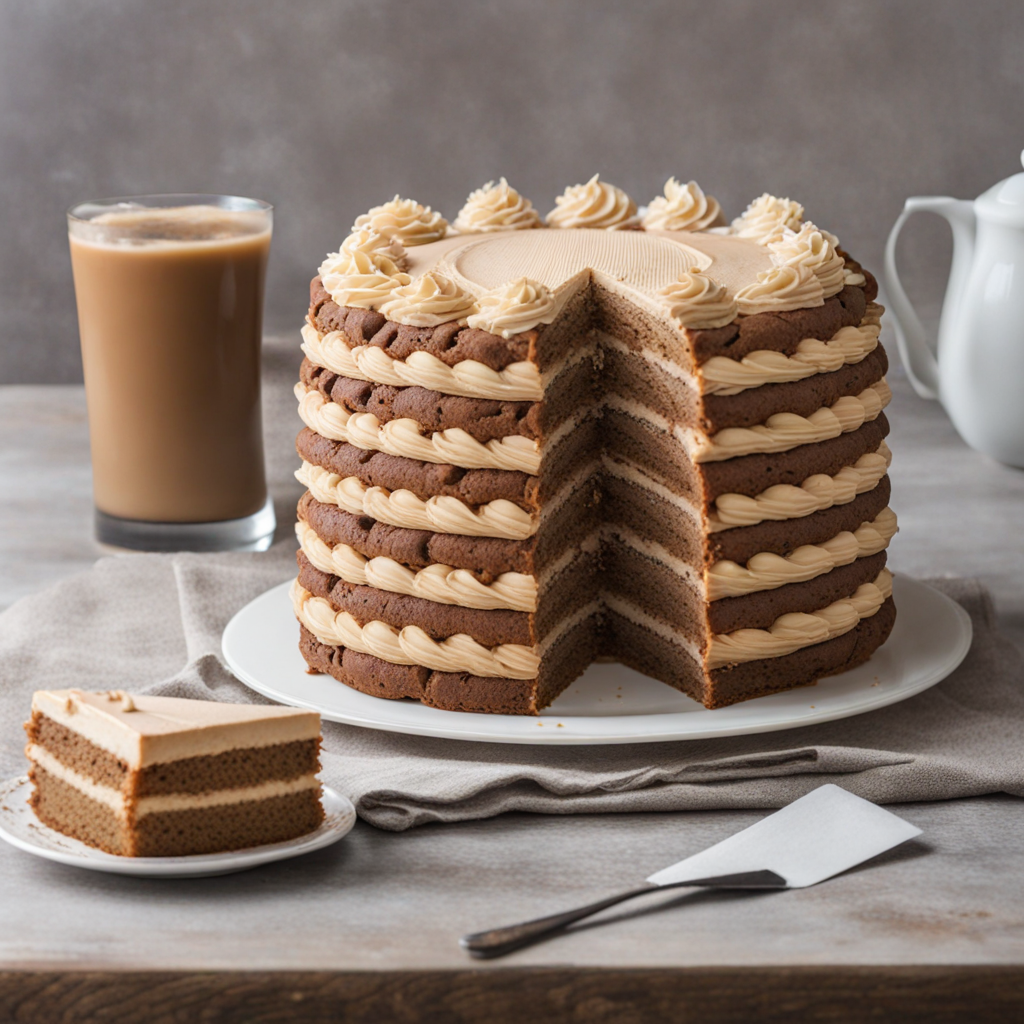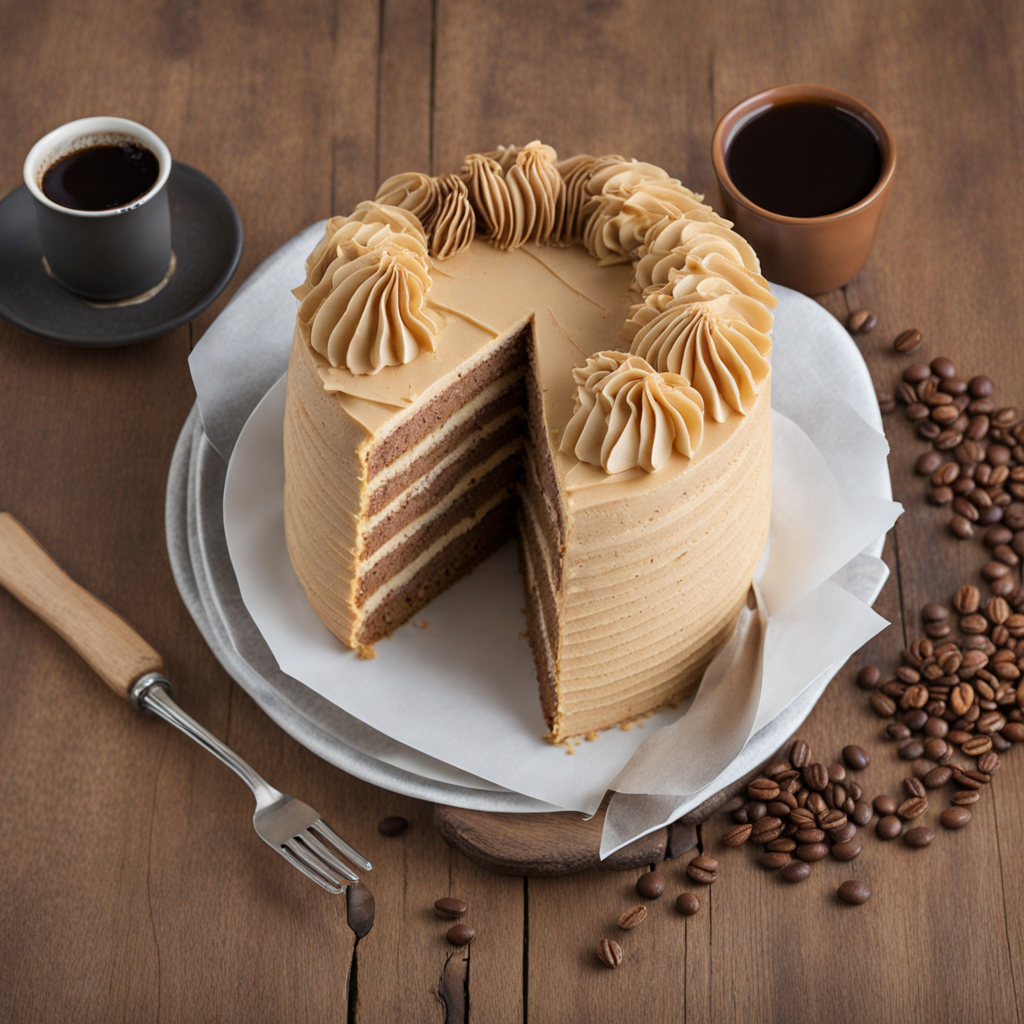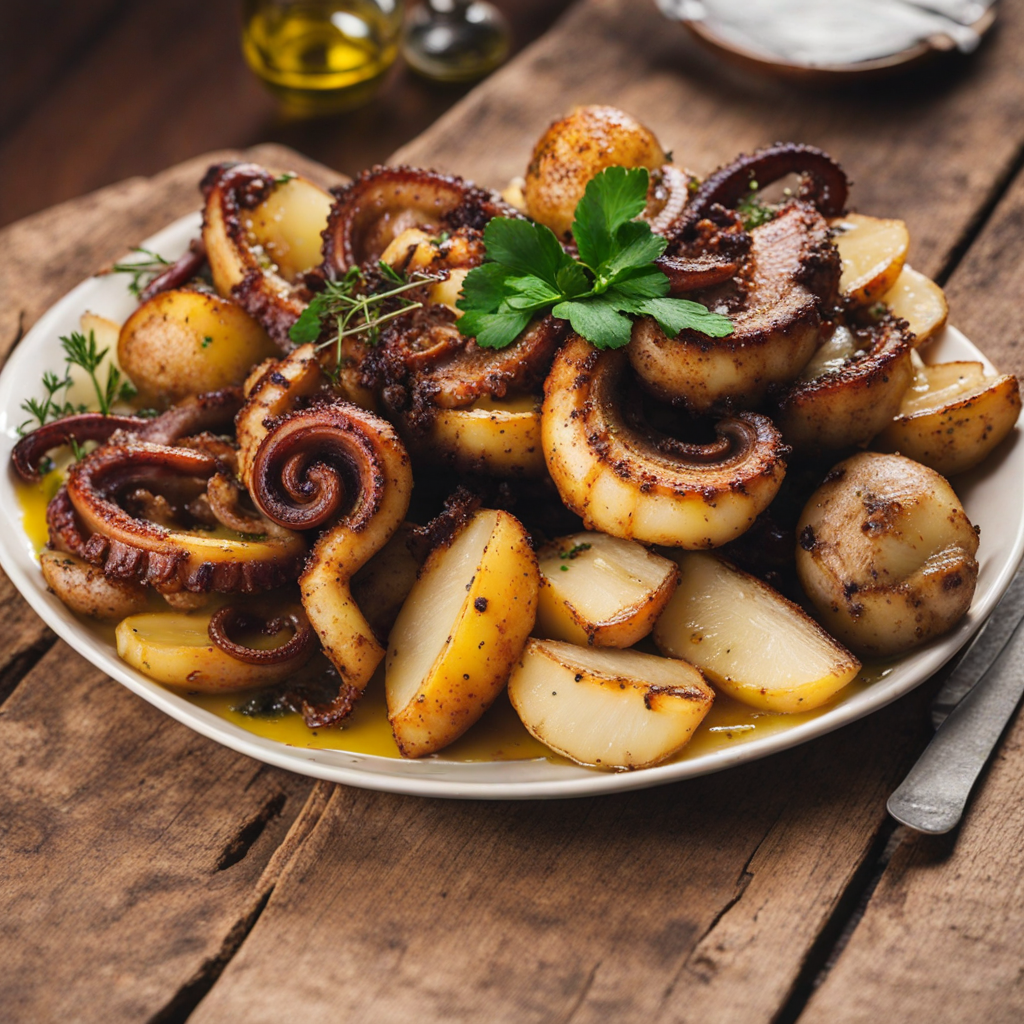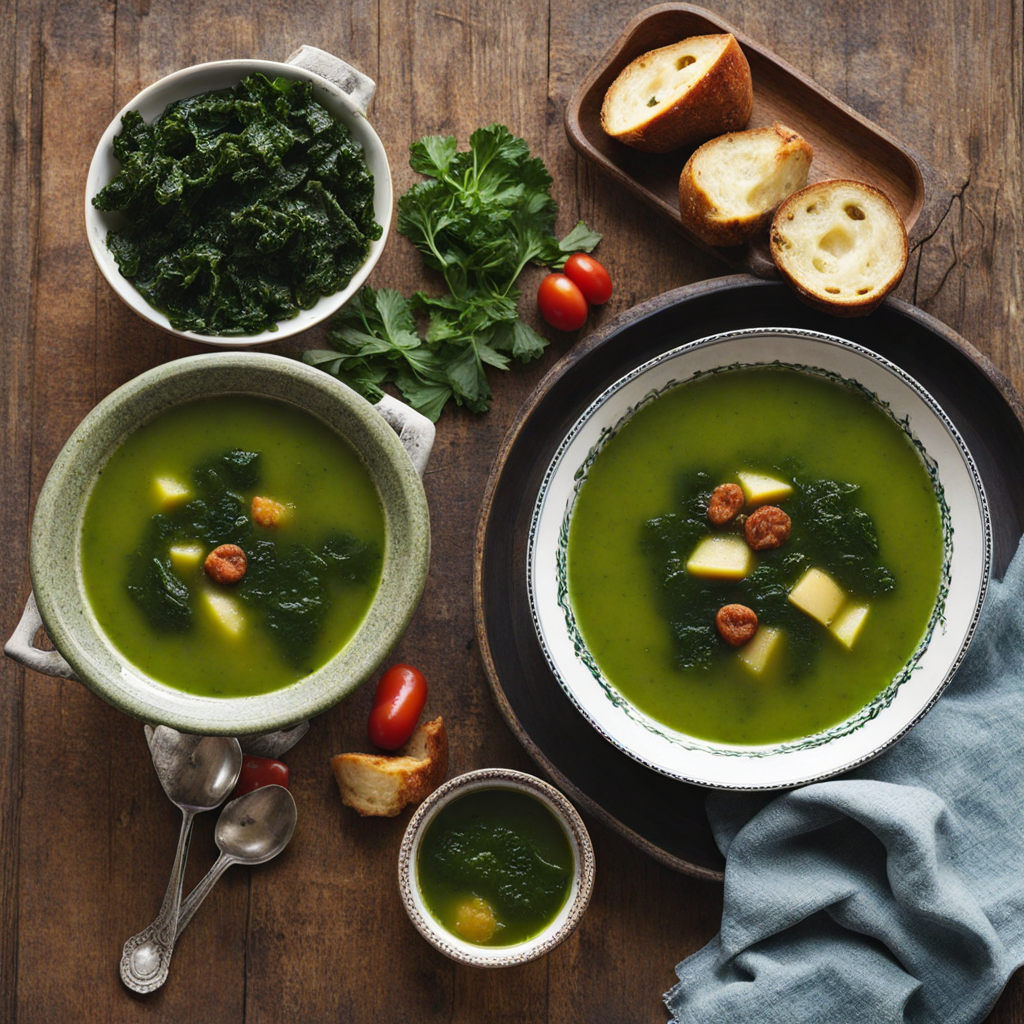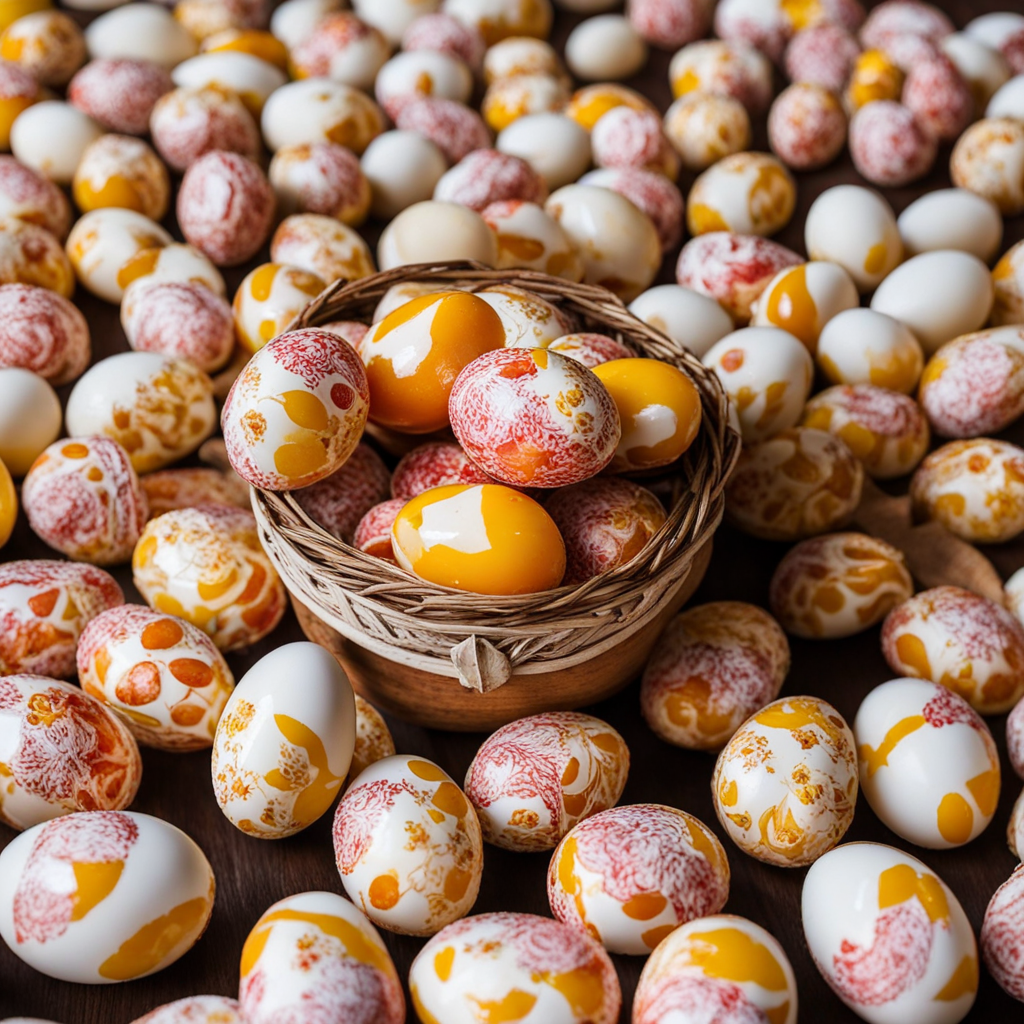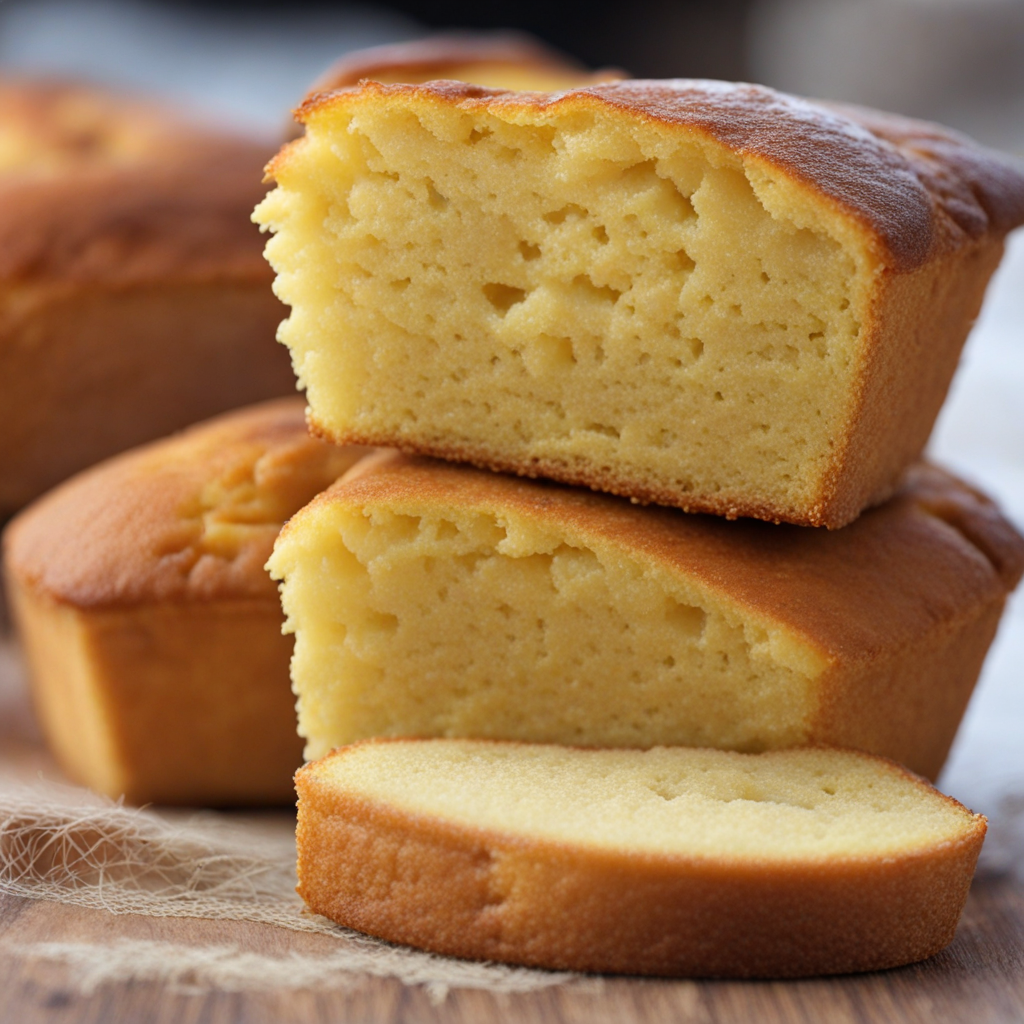Bolo de Bolacha
Bolo de Bolacha, a beloved dessert from Portugal, is a no-bake cake that has captured the hearts of many with its simplicity and rich flavor. Traditionally made with layers of Maria biscuits and a creamy filling, this cake is a staple in Portuguese homes, often served during family gatherings, celebrations, and special occasions. Its history reflects the evolution of Portuguese cuisine, showcasing the influence of local ingredients and the practicality of home cooking. The origins of Bolo de Bolacha can be traced back to the early 20th century when Maria biscuits became widely popular in Portuguese households. These sweet, simple biscuits, originally introduced by the British, were incorporated into various desserts. The no-bake aspect of Bolo de Bolacha made it particularly appealing, as it required minimal effort while still delivering a delightful treat. Over the years, the cake has evolved, with different variations emerging, but the essence of the original recipe remains cherished. The flavor profile of Bolo de Bolacha is primarily characterized by the combination of the slightly sweet, crunchy biscuits and the creamy filling. The biscuits absorb the moisture from the filling, becoming soft yet retaining a bit of texture, creating a delightful contrast. The filling is typically made with a mixture of butter, sugar, and coffee or cocoa, which imparts a rich, indulgent flavor. Many variations also include whipped cream or cream cheese to add lightness and enhance the overall creaminess of the cake. Some families even infuse their filling with flavors such as vanilla or
How It Became This Dish
The Sweet Legacy of Bolo de Bolacha: A Portuguese Culinary Delight #### Origins of Bolo de Bolacha Bolo de Bolacha, or Biscuit Cake, is a beloved Portuguese dessert that has enchanted generations with its simplicity and rich flavor. Its origins can be traced back to the early 20th century, emerging from the traditions of home baking and the influence of Portuguese colonial history. The cake’s primary ingredients—Maria biscuits, coffee, and butter—reflect an era when imported goods began to permeate Portuguese kitchens, transforming local culinary practices. Maria biscuits, the foundation of Bolo de Bolacha, were originally created in England in the 19th century. These sweet, dry biscuits gained immense popularity in various countries, including Portugal, where they became a staple in households. The biscuits were named after Maria of Romania, and their delicate sweetness and crisp texture made them a favorite for layering and creating desserts. The cake itself is a no-bake dessert, which speaks to its accessibility and the resourcefulness of Portuguese homemakers. The simplicity of combining coffee-soaked biscuits with a creamy butter filling made it an ideal treat for families, especially during festive occasions and gatherings where a quick yet impressive dessert was required. #### Cultural Significance Bolo de Bolacha is more than just a dessert; it is a symbol of Portuguese hospitality and familial bonds. In Portugal, food is deeply intertwined with culture and tradition, serving as a medium for storytelling and connection. Bolo de Bolacha epitomizes this ethos, often served at birthdays, family reunions, and celebrations, bringing people together over shared memories and flavors. The cake's preparation is a communal activity, often passed down through generations. Grandmothers teach their grandchildren the art of making Bolo de Bolacha, imparting not only culinary skills but also family traditions and stories. Each layer of biscuits and cream is a testament to the love and care that goes into the preparation, and the act of assembling the cake becomes a cherished ritual. In Portuguese culture, coffee holds a special place, often being the beverage of choice for social gatherings. The incorporation of coffee into Bolo de Bolacha not only enhances its flavor but also reinforces the connection between food and community. The cake is typically served with coffee or tea, making it an integral part of Portugal's cherished coffee culture. #### Development Over Time As Portugal evolved through the 20th and into the 21st century, so too did Bolo de Bolacha. While the classic version remains a favorite, variations have emerged, reflecting regional tastes and contemporary culinary trends. Chefs have begun to experiment with different types of biscuits, fillings, and flavorings, leading to creative adaptations like chocolate Bolo de Bolacha, fruit-infused versions, and even vegan alternatives. In recent years, there has been a resurgence of interest in traditional Portuguese desserts, and Bolo de Bolacha has found its way onto the menus of modern cafés and restaurants across Portugal and beyond. This revival speaks to a growing appreciation for authentic, homemade flavors in a world dominated by mass-produced desserts. Many chefs are dedicated to preserving the recipe's integrity while also infusing it with innovative twists that appeal to a contemporary audience. Social media has played a significant role in the popularity of Bolo de Bolacha, with food bloggers and influencers showcasing their own takes on the dessert. This digital platform has enabled a younger generation to reconnect with their culinary heritage, encouraging them to share their family recipes and personal interpretations of this classic cake. As a result, Bolo de Bolacha has transcended its humble origins to become a symbol of pride in Portuguese cuisine. #### The Ingredients and Preparation The traditional Bolo de Bolacha recipe is both straightforward and economical, making it accessible to all. The key ingredients include: 1. Maria Biscuits: These sweet biscuits are the backbone of the cake, providing structure and a slight crunch. 2. Coffee: Strong, brewed coffee is used to soak the biscuits, infusing them with rich flavor and moisture. 3. Buttercream Filling: The creamy filling is typically made from softened butter, sugar, and sometimes cream cheese, creating a luscious contrast to the crunchy biscuits. To prepare Bolo de Bolacha, the process typically involves: 1. Soaking the Biscuits: The Maria biscuits are briefly dipped in coffee, allowing them to absorb the liquid without becoming too soggy. 2. Layering: A layer of soaked biscuits is placed on a serving dish, followed by a generous spread of the buttercream filling. This process is repeated until the cake reaches the desired height. 3. Chilling: The assembled cake is then chilled in the refrigerator for several hours, allowing the flavors to meld and the cake to set properly. 4. Serving: Once chilled, Bolo de Bolacha is sliced and served, often garnished with chocolate shavings or crushed nuts for added texture. #### Conclusion Bolo de Bolacha is a dessert that embodies the heart and soul of Portuguese cuisine. Its humble origins, combined with its cultural significance and adaptability, have ensured its place as a cherished treat in Portuguese households. As Bolo de Bolacha continues to evolve, it serves as a delicious reminder of the importance of food in fostering connections, preserving traditions, and celebrating life’s moments, both big and small. Whether enjoyed at a family gathering, a café, or made in the comfort of one’s home, Bolo de Bolacha is a testament to the enduring power of food as a bridge between generations, cultures, and experiences. It stands as a sweet symbol of Portugal's rich culinary heritage, inviting everyone to share in its delightful simplicity and flavor.
You may like
Discover local flavors from Portugal


